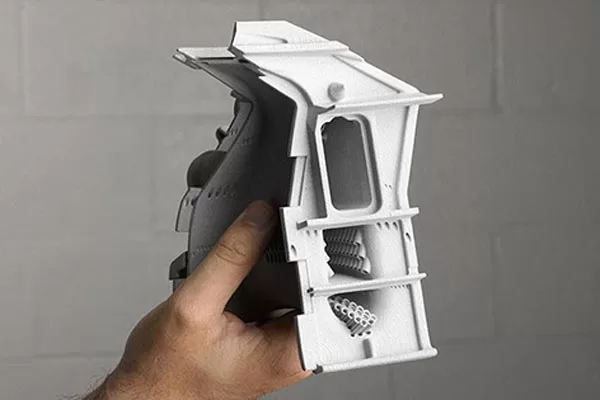Have you tried test driving cars with all the different options available? Now imagine this. Instead of seeing all the features of a car on different models, you can test them on mockups. What you will be having different steering wheel configurations, dashboard layouts, and other car-related specs. For car designers and engineers, it will be easier than incorporating each of them on a finished product and making them see it in person.
This is what rapid prototyping does. It is a technique in product development where the manufacturer can create different options for each part and test them individually, either for functionality or aesthetics, before embarking on creating a full-scale prototype.
What is Rapid Prototyping?
Product development is an overwhelming task, and everything has to move fast. This is the reason why rapid prototyping is a critical workflow in the process. It involves ideation, prototyping, and testing, what makes it significant is it helps product designers to validate their ideas.
The rapid prototyping process begins with knowing what customers want and then factoring in some of the ideas that the company is known for. These concepts have to be translated into a design with specifications. These ideas are then rehashed and compared with what the competition has.
A simple version of the design or prototype will give the stakeholders, clients, and buyers a three-dimensional representation of the concept. These end-users will provide feedback on the design and the areas that need improvement. The process can go on until the design is fleshed out.

Rapid prototyping services
How Does it Apply to Your Company
Rapid prototyping directly affects customer experience because you can identify customer preferences and needs without having to invest a large sum of money on an untested product. And it doesn’t stop there. Aside from clear applications in product development and manufacturing, rapid prototyping also enhances customer experience.
Since rapid prototyping is at the very root of product development, it provides feedback from the customer on what works and what could be an improvement made on the product after an interaction. Furthermore, it can also test the customer experience.
Product Testing and Rapid Prototyping
Every product designer and engineer should keep this in mind: rapid prototyping is designed to test for users and is not solely to present a model for the stakeholders. Use it only as a gateway to the intended users and the polished interface design that you will present for final approval might be far from the one that you have prototyped earlier.
When conducting the user tests, you should be after the actionable feedback that will clearly describe the problem and will drive the next iteration. Make the reviewers comfortable in giving feedback to get their most honest opinion on the problem.
Conclusion
Rapid prototyping is the most exciting phase in product development because it is the chance for the designers and the design teams. In this process, they can unleash their creativity and experiment even with the craziest ideas and develop ideas together without boundaries.
